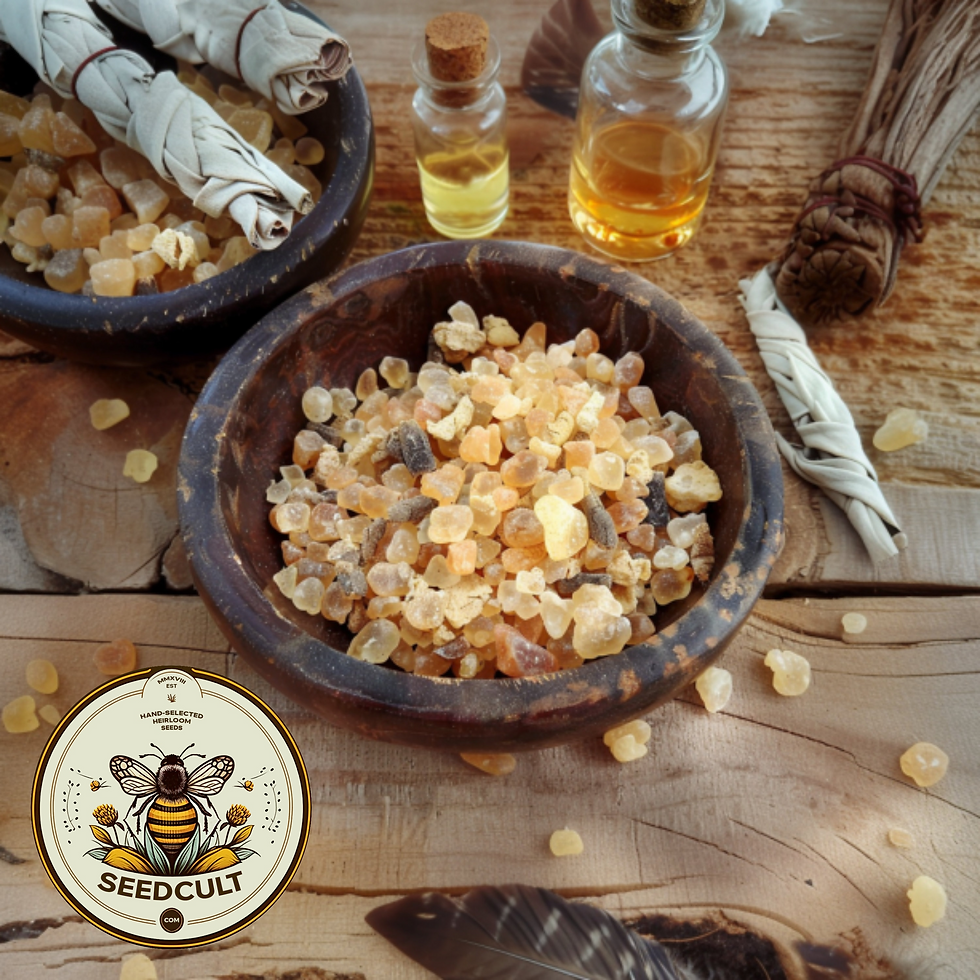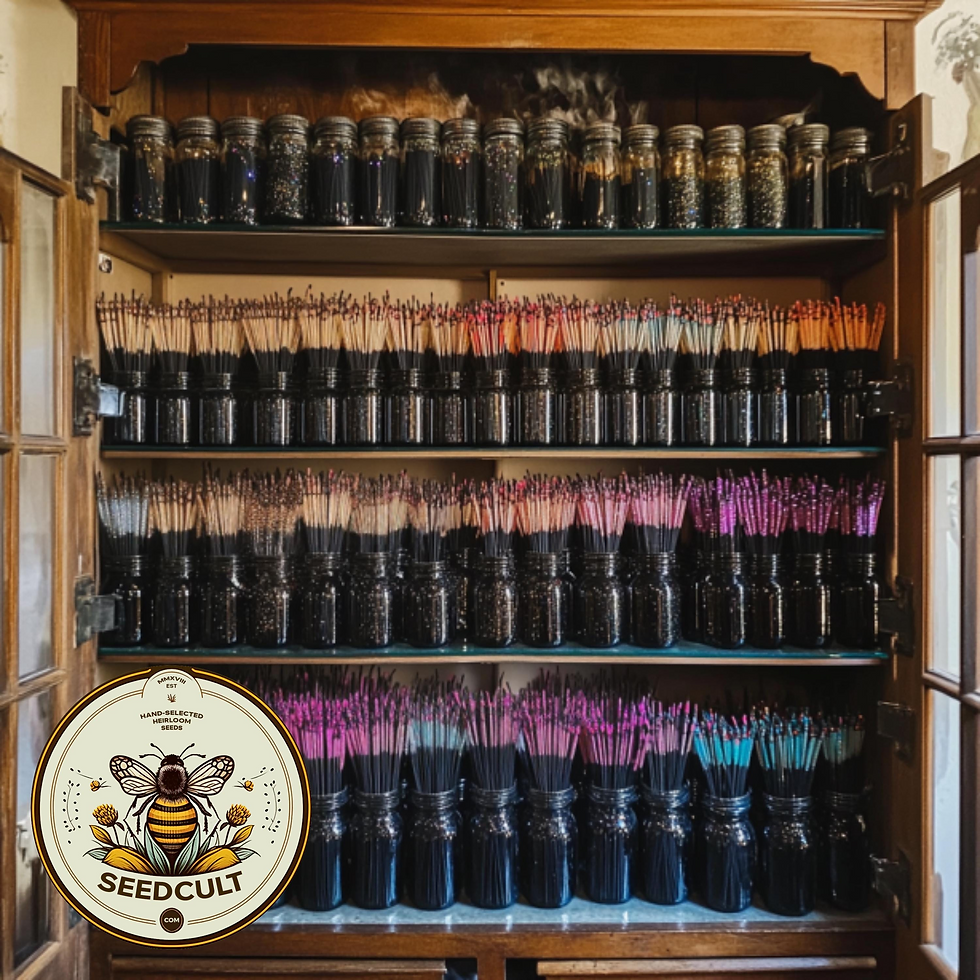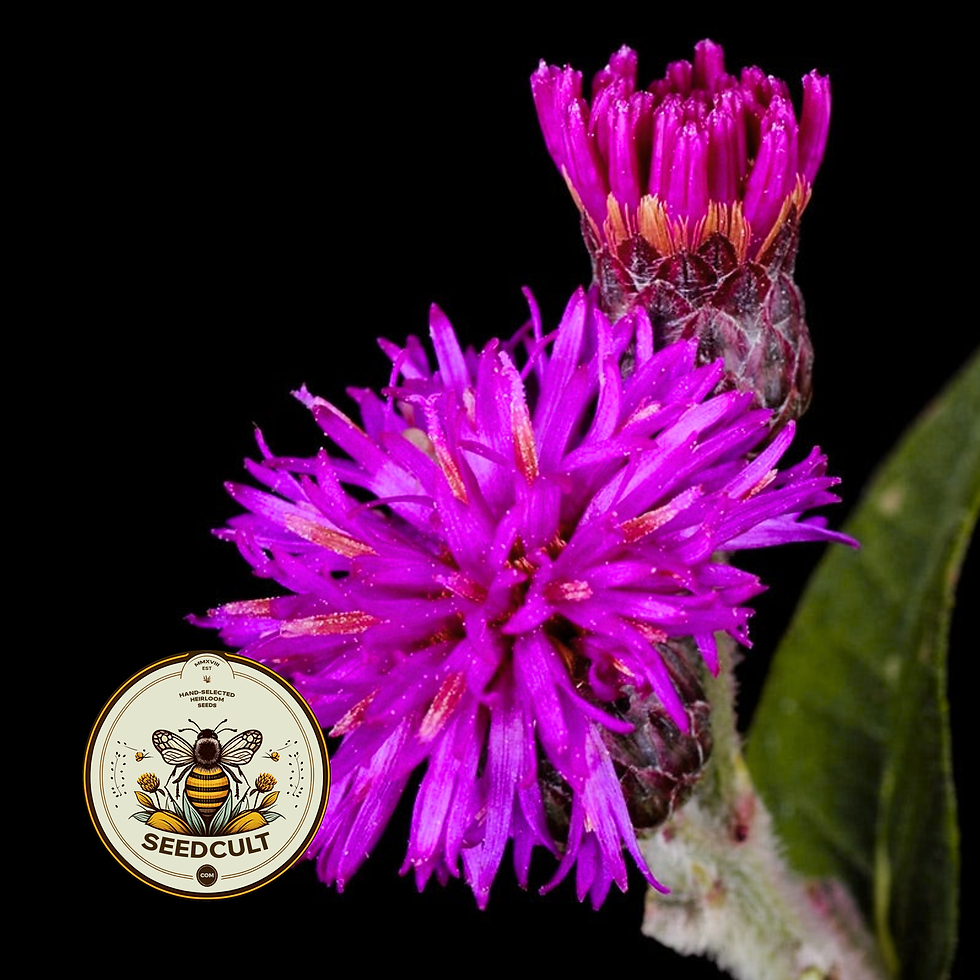Pulsatilla patens, commonly known as Eastern Pasque flower, is a native North American perennial flower in the buttercup family (Ranunculaceae).
It is specifically native to the following US States, as well as Canada:
Alaska
Colorado
Illinois
Iowa
Kansas
Michigan
Minnesota
Montana
Nebraska
North Dakota
Oregon
South Dakota
Wisconsin
Wyoming
The flowers of Pulsatilla patens are striking and often a deep, purplish-blue color, although they can also be white or pale pink. They have a distinct, soft, bell-like shape and appear in early spring, sometimes as early as March or April, depending on the climate.
The leaves are finely dissected and have a feathery, almost fern-like appearance. The basal leaves are often hairy, and the plant's overall appearance is covered with fine hairs.
After flowering, the plant produces fluffy, silvery seed heads that resemble small, soft tufts of hair. These seed heads are often visually striking and are a key feature in the identification of the plant in late spring and summer.
Easter Pasque Flower thrives in well-drained soils, and is commonly found in open, sunny areas like prairies, meadows, and grasslands. It can also grow in rocky or sandy soils, making it well-suited for environments with fluctuating moisture levels.
It is often one of the first plants to bloom in spring, making it an important early-season nectar source for pollinators, including bees.
As a pioneer species, Pulsatilla patens plays a role in stabilizing soil and supporting biodiversity in its ecosystem. It provides habitat for various insects, particularly bees and butterflies, which are attracted to its early blooms.
It’s often found alongside other early spring wildflowers and grasses, creating vibrant patches of color across prairies and open fields.
The plant also has both a historical and present day medicinal use, by both native tribes and traditional medicine. I urge you to look up this plant in that regard.
Pasque flower holds symbolic significance in various cultures. It is often associated with the arrival of spring and renewal, given its early blooming nature. In some Native American traditions, it is thought to symbolize strength and endurance.
The name "pasque" is derived from the Latin word pascha, meaning "Easter", reflecting the plant's
tendency to bloom around the time of the Christian Easter holiday, symbolizing rebirth and resurrection.
While Pulsatilla patens is not generally considered endangered, certain populations may be at risk due to habitat destruction, particularly in areas where grasslands and prairies are being converted for agriculture or development. In some regions, it may be classified as a species of concern or protected in order to conserve native grassland ecosystems.
It is sometimes grown as an ornamental in gardens, especially those designed to mimic natural prairie or woodland settings. It prefers well-drained, slightly acidic soil and does best in full sun or partial shade. The plant can be relatively low-maintenance.
This plant is included in our Colorado native plant box and is a native wildflower to Rocky Mountain National Park, but is also found at elevations as low as 1,000 feet. It has a wide range of elevation from 1,000 to 7,000 feet.
The seeds require 120 days of cold to break dormancy. This can be achieved in two ways. Either by planting the seeds in fall/winter for a spring emergence or folding the seeds into a moist paper towel, sealing them into a Ziplock bag and placing them in a refrigerator for 120 days, then sow as normal.
Grows 6-12 inches tall
Perennial zones 3-8
This is for 10 seeds.
top of page
SKU: PU2010
$2.52Price
Related Products
bottom of page




















